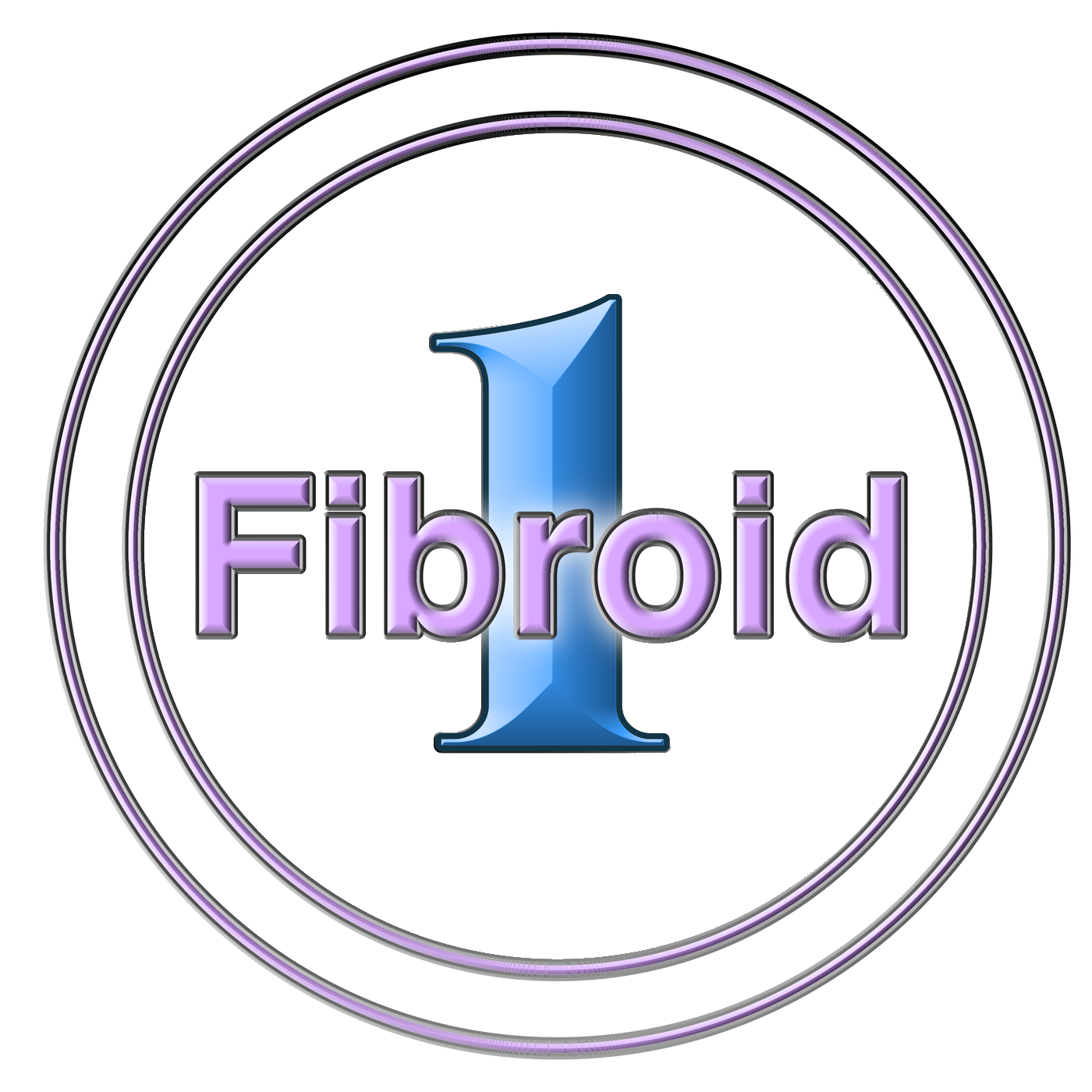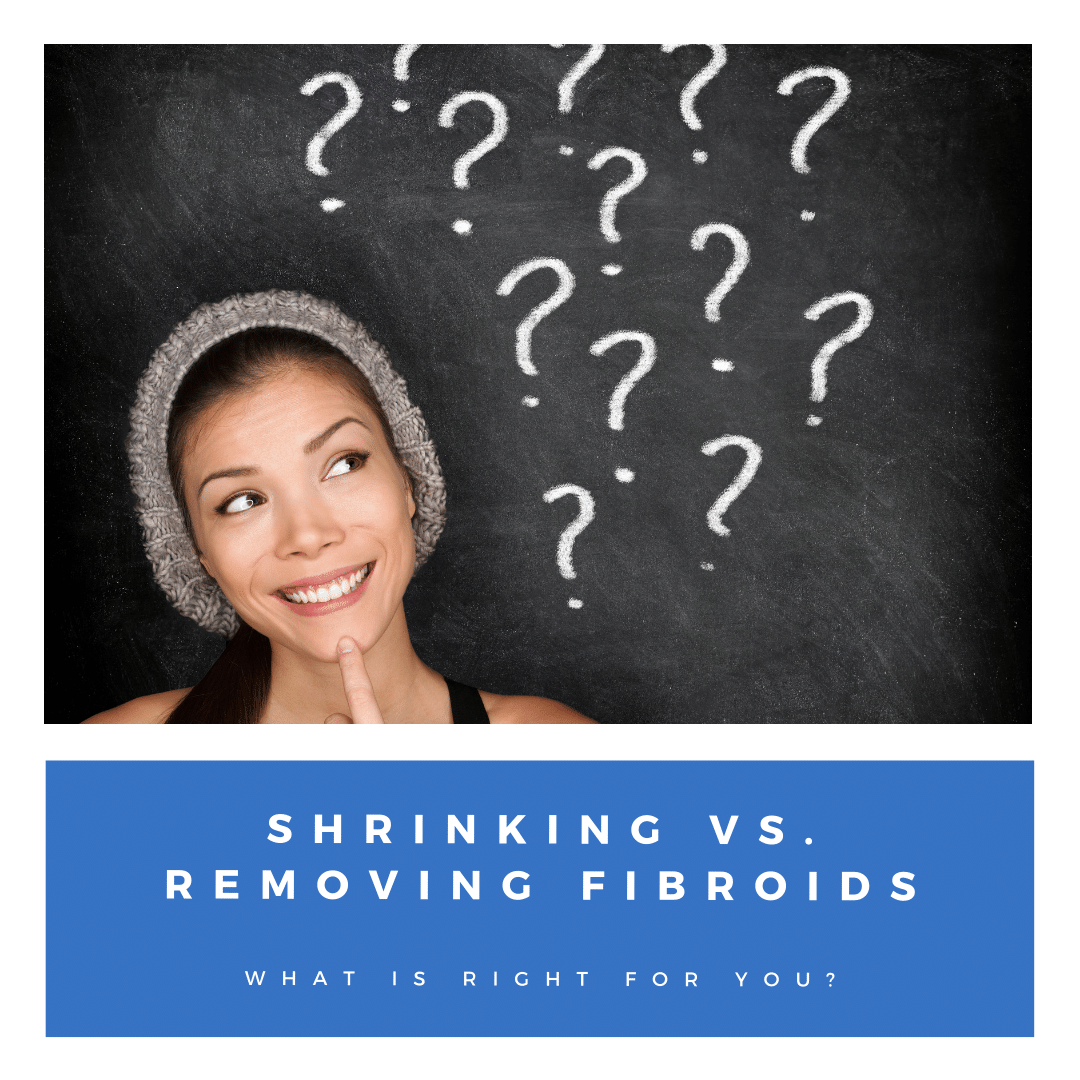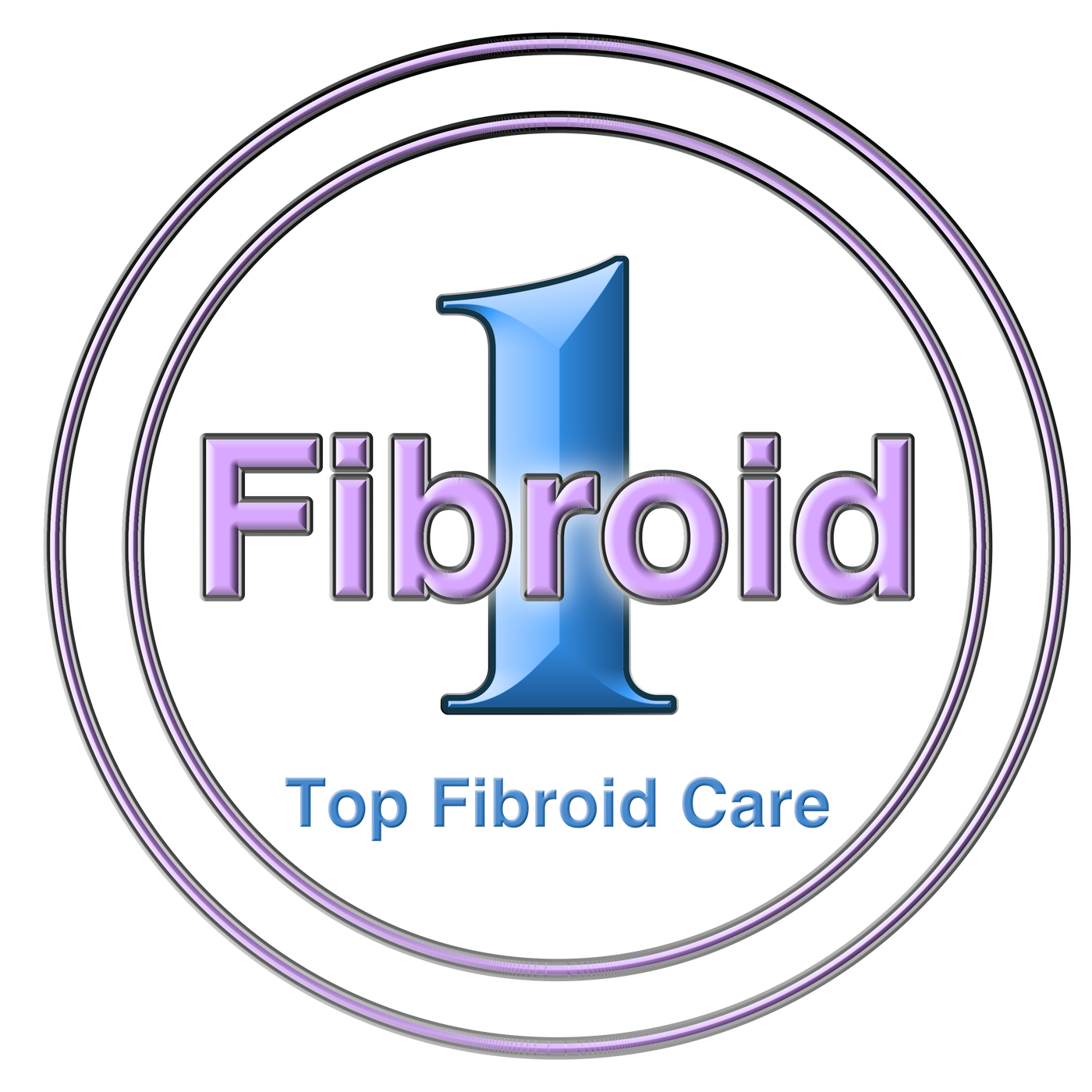Are you one of the millions of women who suffer from uterine fibroids? If so, you may be wondering if you should shrink your fibroids or remove them. Both shrinking and removing uterine fibroids can be effective treatments, but they are not always the best option for every woman. In this blog post, we will compare shrinking uterine fibroids to removing uterine fibroids and help you decide which treatment is right for you.
Shrinking Uterine Fibroids
Although you may think that the only way to treat fibroids is to remove them completely, this is not the case. In fact, you can effectively reduce or eliminate fibroid-related symptoms by simply shrinking the size of the fibroids. There are several treatments that can shrink uterine fibroids, including medications and Uterine Fibroid Embolization (UFE). Although these treatments will stop fibroid growth immediately, it can take around 3 months for fibroids to shrink to an extent where you’ll notice sym
Medications
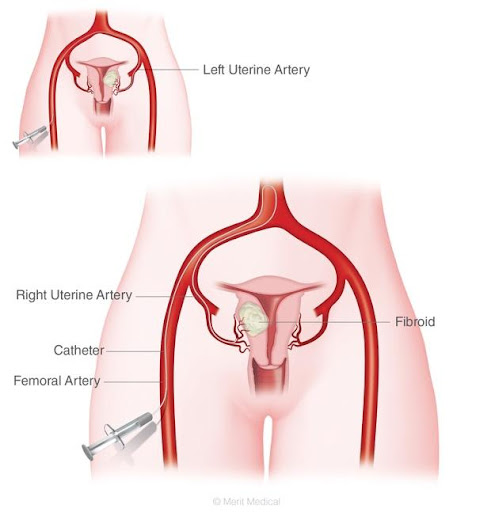
Medications such as GnRH antagonists and GnRH agonists can help to shrink fibroids by putting your body into early menopause and lowering estrogen levels. Selective estrogen receptor modulators (SERMs) are another type of medication that can shrink fibroids, however without causing menopause symptoms. Finally, hormonal birth control may be used to control symptoms of fibroids, however these can cause fibroids to grow.
Uterine Fibroid Embolization (UFE)
Uterine Fibroid Embolization (UFE) is a minimally invasive procedure that cuts off the blood supply to fibroids, causing them to shrink. UFE is typically performed as an outpatient procedure using local anesthetics. The majority of women experience a significant improvement of symptoms after undergoing UFE and rarely experience future fibroid growth.
Removing Uterine Fibroids
In some cases, shrinking the fibroids is not enough and they must be removed completely. There are two main types of surgery to remove uterine fibroids: myomectomy and hysterectomy.
Myomectomy
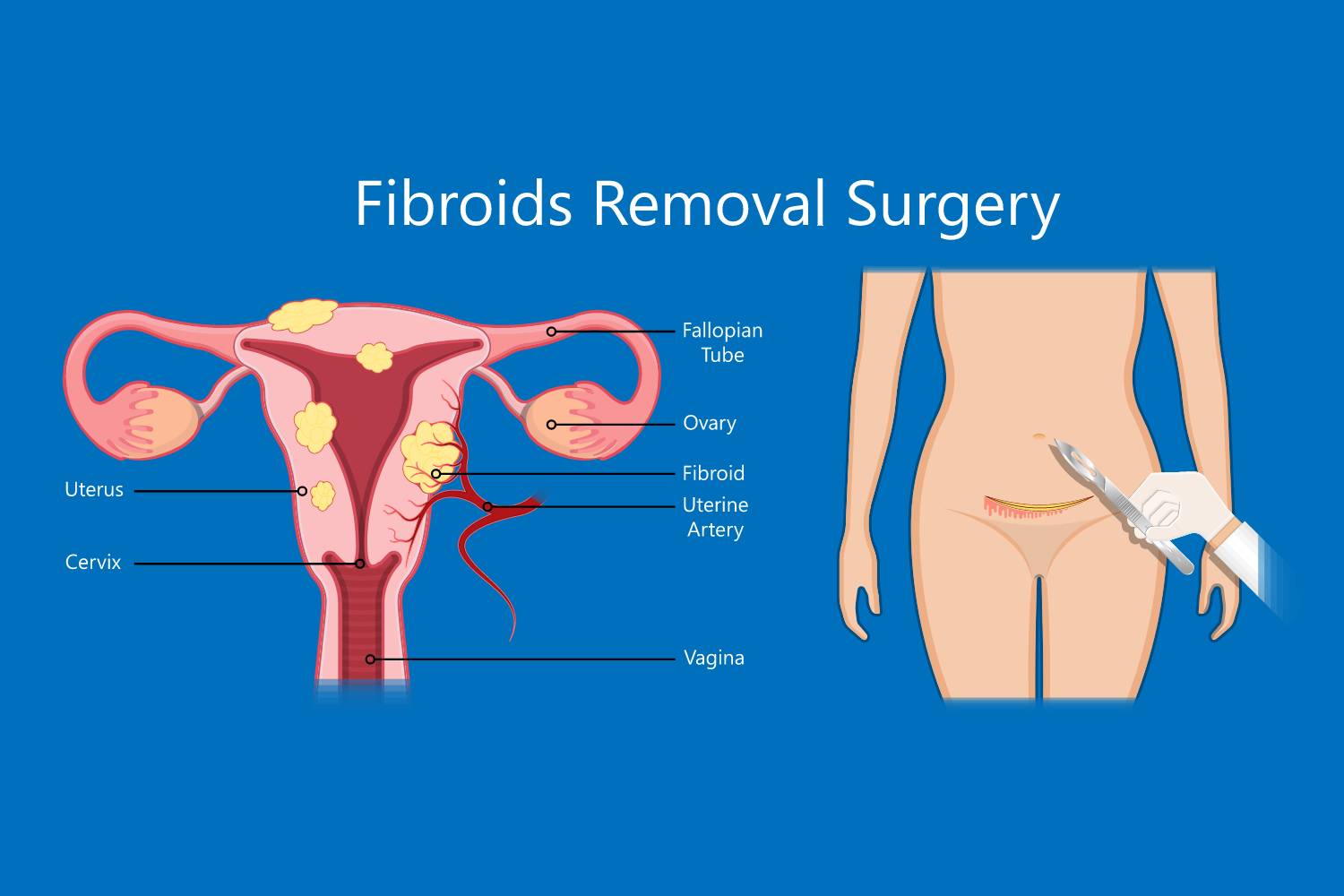
Myomectomy is a surgery to remove fibroids while leaving the uterus intact. This procedure can be performed as an open abdominal surgery, hysteroscopic surgery, or laparoscopic surgery, depending on the number, size, and location of your fibroids. Myomectomy is often considered the best option for women who wish to maintain their fertility. However, it is possible for fibroids to recur if your surgeon does not remove them all.
Hysterectomy
Hysterectomy is a surgery to remove the entire uterus, including the fibroids. This is a major surgery that requires a hospital stay and general anesthesia. Hysterectomy is considered a permanent solution to fibroids and is often recommended for women who are nearing menopause or who no longer wish to have children. This is the only way to completely eliminate uterine fibroids, however women cannot get pregnant after having a hysterectomy.
Which Treatment Option Is Right For You?
The best way to determine if shrinking or removing your fibroids is the best option for you is to speak with your doctor. They will take into account your age, symptoms, and overall health when making a recommendation. In some cases, one type of treatment may be better than another. For example, if you are nearing menopause or no longer wish to have children, your doctor may recommend a hysterectomy. If you are still of childbearing age and wish to maintain your fertility, myomectomy or UFE may be the best option for you.
Generally speaking, most medication options are only recommended for short-term use since they can have adverse effects if continued for long periods of time. You should also discuss the risks and benefits associated with each procedure to help determine which is right for you.
No matter which treatment you and your doctor decide on, it is important to remember that fibroids are not cancerous and do not increase your risk of developing cancer. With treatment, you can effectively reduce or eliminate your fibroid-related symptoms and live a healthy life.
In Conclusion
In this blog post, we discussed the difference between shrinking and removing uterine fibroids. We also looked at some of the different treatment options available for each. If you are suffering from fibroid-related symptoms, don’t hesitate to talk to your doctor about treatment options. Shrinking or removing your fibroids may be the best way to improve your quality of life, and only your doctor can help you make the best decision for your specific needs.
